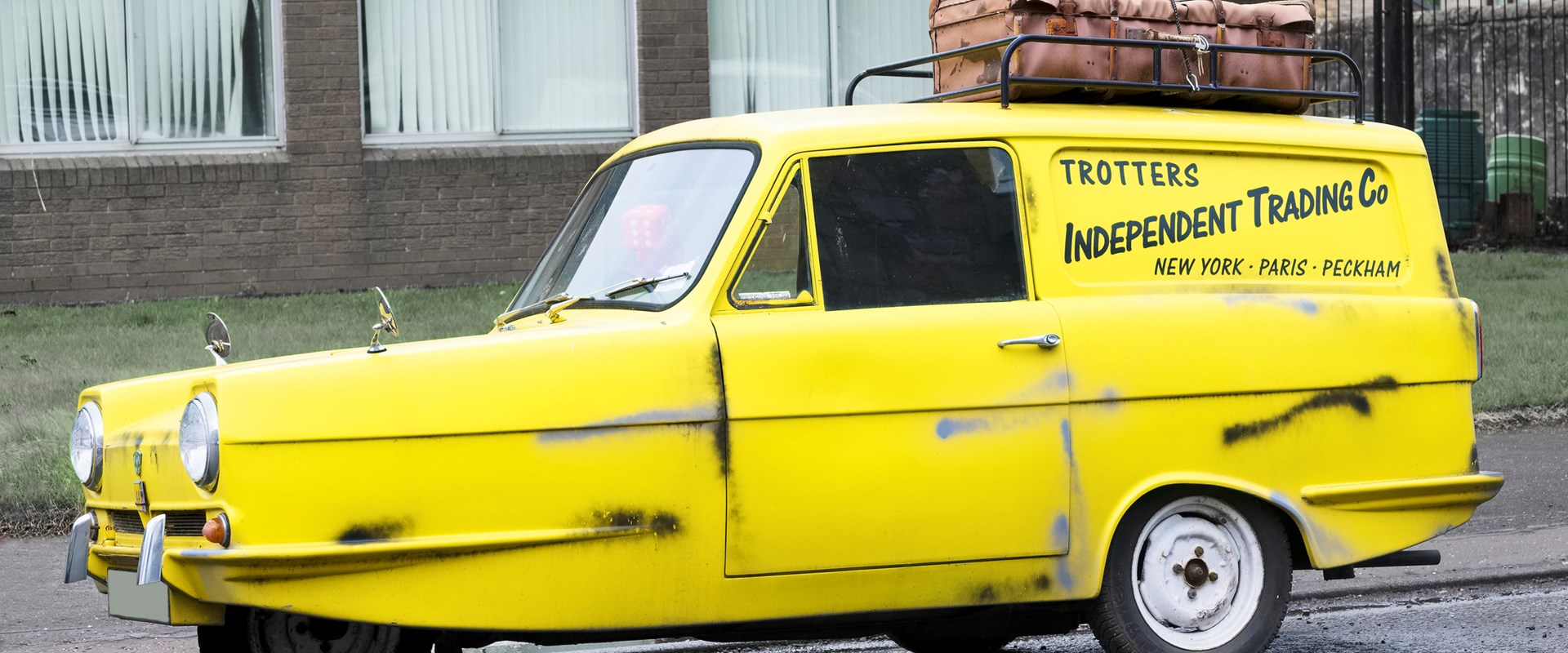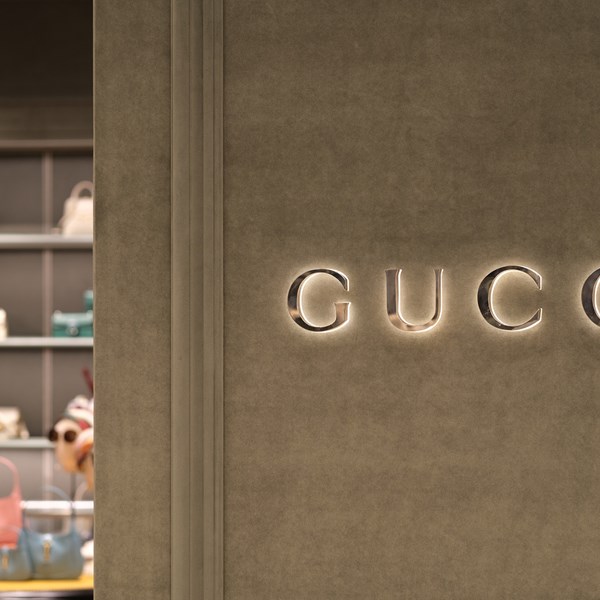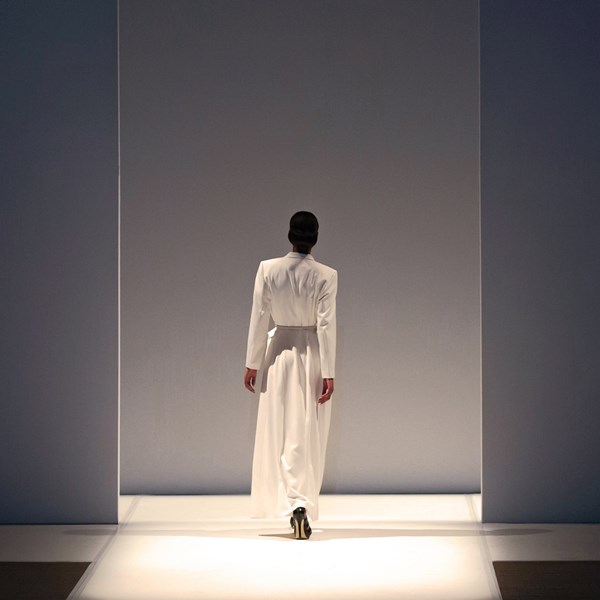In a recent judgement1, a UK court has decided for the first time that a sufficiently detailed and fully rounded fictional character can be the subject of copyright protection. The court also rejected the defendants’ argument that their infringement of copyright was avoided by reference to the defence of fair dealing for the purpose of parody or pastiche. Mark Snelgrove and Charlotte Wallace summarise.
BACKGROUND
The claimant, Shazam Productions Ltd. alleged that ‘Only Fools The (cushty) Dining Experience’ (OFDE) launched by the defendants infringed its copyright in the British comedy, Only Fools and Horses (OFAH) and constituted a passing off. The dining experience brought to life the characters of OFAH within the context of an interactive pub quiz show, with the actors mirroring the appearance, mannerisms, voices and catchphrases of the main characters portrayed in OFAH.
THE COPYRIGHT INFRINGEMENT CLAIM
The claimant argued that OFDE infringed its copyrights in the individual scripts of OFAH, in the body of scripts taken as a whole and in the main characters of OFAH. Although the court ultimately found that the copyright in the individual scripts was infringed (while rejecting the existence of copyright in the body of scripts taken as a whole), the court’s main focus was on whether copyright existed in the OFAH characters and, if so, whether this copyright was infringed.
In order to streamline the claim, the claimant was ordered to identify five features from one of the OFAH scripts to demonstrate copyright subsisting in Del Boy, the main protagonist of OFAH. These were identified as his use of sales patter with replicated phrases; his use of French to try to convey an air of sophistication; his eternal optimism; his involvement in dodgy schemes; and his making sacrifices for his brother, Rodney.
DEL BOY HELD TO BE A COPYRIGHT LITERARY WORK
While there were no previous UK court decisions on whether a fictional character could enjoy copyright protection when looked at in isolation from the novels or plays in which they appeared, such judicial statements as there were suggested that there could be no such copyright. However, John Kimbell QC (sitting as a Deputy High Court Judge) observed that the court was clearly not bound to follow these earlier judicial statements and decided that he must, therefore, decide the matter from first principles.
According to the court, the application of these principles meant, firstly, considering whether Del Boy met the two-stage test for copyright protection set out in the EU Cofemel case2, namely was the alleged copyright work original in the sense of being the author’s own intellectual creation and was it identifiable. If it met both of these criteria, then secondly, could this fictional character be fitted within one of the categories of work protected by UK copyright law?3
As regards the two stage Cofemel test, the court held that the first requirement for “originality” was satisfied. The Del Boy character was not “a stock character or cliché... but is rather a fully rounded character with complex motivations and a full backstory”. Furthermore, this detailed character, including his appearance, character traits and relationships, was “precisely and objectively discernible in the Scripts”, thus meeting the second Cofemel requirement.
The court noted that its conclusion from applying the Cofemel test was consistent with the application of the test by the German Supreme Court in finding that the Pippi Longstocking character was a copyright work4 and was also consistent with a decision reached in the US regarding Sherlock Holmes.
One of the difficulties that the UK courts have experienced in recent years is reconciling the open-ended Cofemel test for copyright protection with the “closed” categories of copyright work prescribed by the UK Copyright, Designs and Patents Act 1988. The court in this case had no such difficulty, however. It decided, with no debate, that the Del Boy character was protected under the UK legislation as a literary work.
WAS OFDE A PARODY OR PASTICHE?
Fair dealing with a copyright work for the purposes of caricature, parody or pastiche was introduced as a defence to UK copyright infringement in 2014. Since then there has been much speculation about the content of the defence but, until the OFAH case, no reported UK court decisions.
The defendants argued that ODFE was either a parody or pastiche. In rejecting the defendants’ arguments, the court made the following key points:
- In accordance with EU case law, for a defence of parody to arise, it must be demonstrated that the allegedly infringing work i) evokes an existing work ii) is noticeably different from that existing work and iii) constitutes an expression of humour or mockery.
- A parody must also have a target. A mere imitation of a work of comedy is not enough to constitute parody.
- In order for a work to be a pastiche, it must (a) imitate the style of another work; or (b) comprise an assemblage of a number of pre-existing works; and (c) in either case, be noticeably different from the original work.
Taking these points into account, the court was clear that ODFE was neither a parody nor a pastiche. It was not a parody because it did not use humour or mockery to target OFAH or anything else. It was not a pastiche because it did not merely imitate the style of OFAH but made extensive use of the OFAH materials in order to produce something that was not noticeably different from OFAH.
Finally, the court held that, even if the defence of parody or pastiche had potentially been available, the defence still failed because the defendants’ use of the OFAH copyright works did not amount to the requisite fair dealing. Reasons for this included that the taking from the OFAH scripts was very extensive; that OFDE competed with the claimant’s normal exploitation of OFAH (such exploitation including licensing deals); and that OFDE interfered with the claimant’s legitimate interest in controlling how the OFAH characters were presented and commercially exploited. The court also considered that there was a significant risk that people who might have gone to see the authorised OFAH musical may have gone to ODFE instead.
TAKEAWAYS
This decision confirms for the first time that a fictional character can be protected as a UK copyright work provided the character is sufficiently detailed and well-rounded and can be readily identified as such from the claimant’s works. This will be particularly welcome news for the owners of the intellectual property rights in characters such as Harry Potter and James Bond as well as, presumably, for the video gaming industry.
The court’s decision on this aspect was arguably made easier by the relevant EU jurisprudence with its emphasis on the protection of all identifiable, intellectual creations rather than the UK approach of only protecting specified categories of work. Following Brexit, it will be interesting to see how far the UK courts will go in following this approach in circumstances where it is less obvious how a work that would be protected under the Cofemel test can be fitted within one of the UK copyright work categories.
The discussion of the parody and pastiche defences in the case is interesting but provides limited guidance for situations where the availability of these defences is more arguable. In particular, while the definition of pastiche adopted by the court on the face of it rules out its application to situations where some of the content (rather than just the style) of a single existing copyright work is reproduced, the court appears to accept that it could apply to a broad spectrum of situations including music sampling and various forms of homage. This apparent contradiction will only be resolved by future cases.






